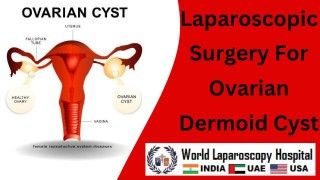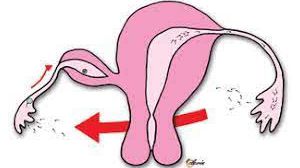Laparoscopic management of Peritoneal Inclusion Cyst
Add to
Share
3,445 views
Report
Description
`Peritoneal inclusion cysts are complex cystic adnexal masses consisting of a normal ovary entrapped in multiple fluid-filled adhesions. The cysts usually develop in women of reproductive age who have a history of previous pelvic surgery or pelvic infection. This unusual but benign mass, which has a distinct sonographic appearance, has also been referred to as benign encysted fluid, inflammatory cyst of the peritoneum, peritoneal pseudocyst, entrapped ovarian cyst, multilocular peritoneal cyst, and postoperative peritoneal cyst. The development of peritoneal inclusion cysts depends on the presence of peritoneal adhesions and active ovaries. During the reproductive years, ovaries are the main source of peritoneal fluid. Fluid normally produced by the ovaries during ovulation is absorbed by the peritoneum. However, if the peritoneum has been disrupted by previous surgery, inflammation, or infection, its absorptive properties diminish, thus trapping this physiologic fluid. Also, inflammation of the peritoneum can contribute to production of a more exudative fluid, which is less adequately absorbed by the peritoneum. Previous surgery, infection, or inflammation often leads to the development of adhesions within the abdomen and pelvis. With extensive peritoneal adhesions, the fluid produced by normal ovaries is trapped by the scarred peritoneum. As the normal ovary continues to produce fluid and the fluid becomes entrapped by surrounding adhesions, a complex cystic pelvic mass develops. Other causes of peritoneal inclusion cysts include trauma, pelvic inflammatory disease, and endometriosis.
Similar Videos






